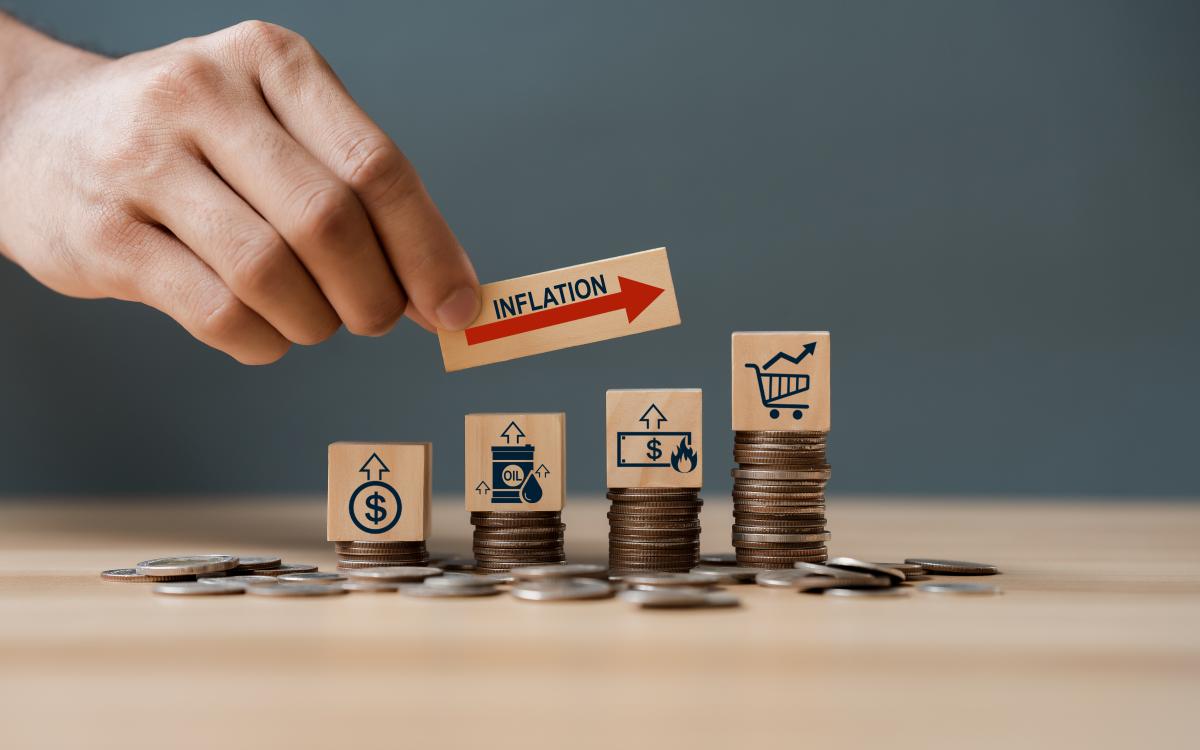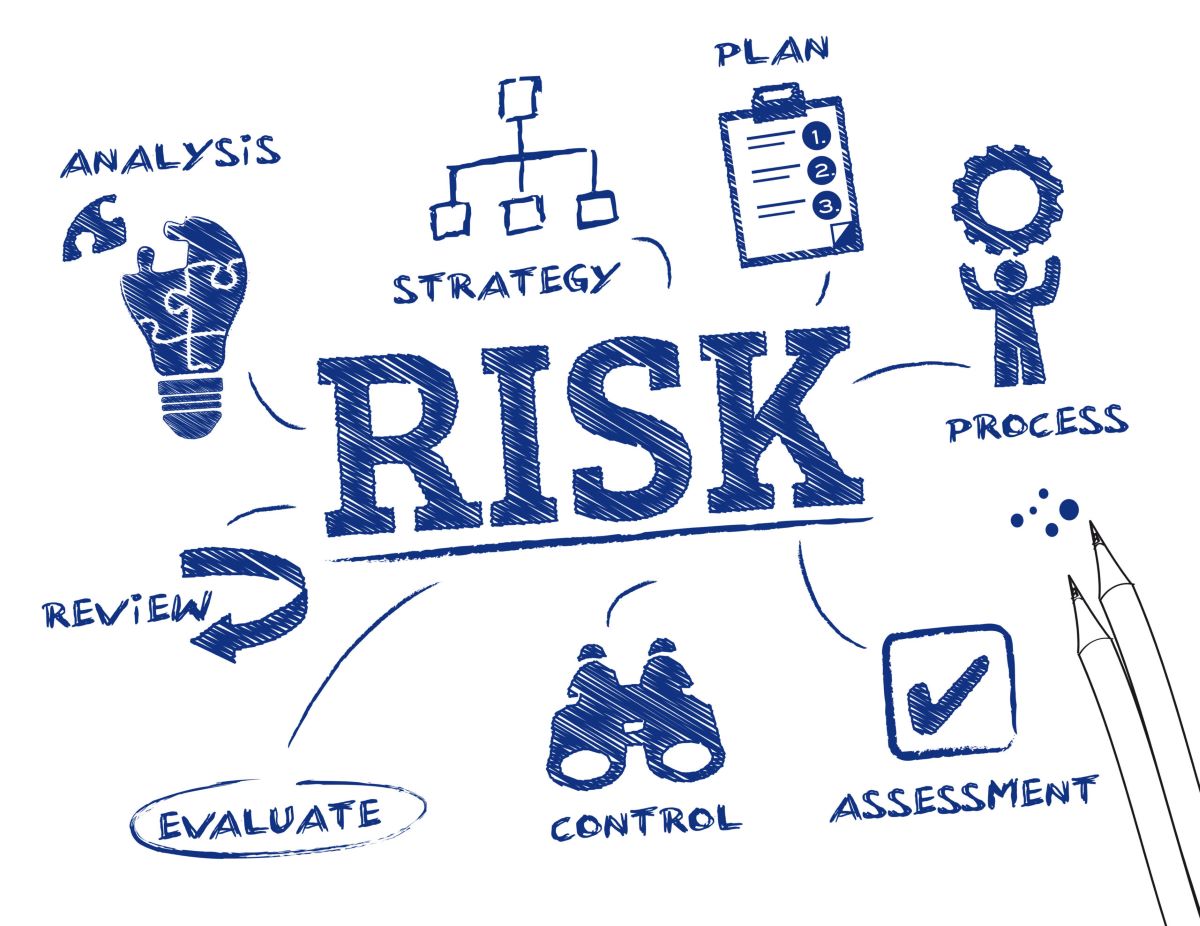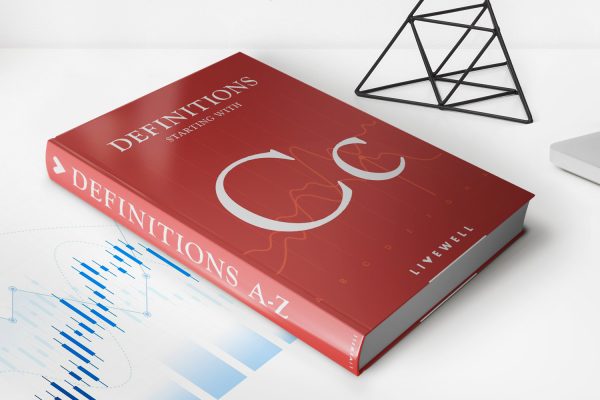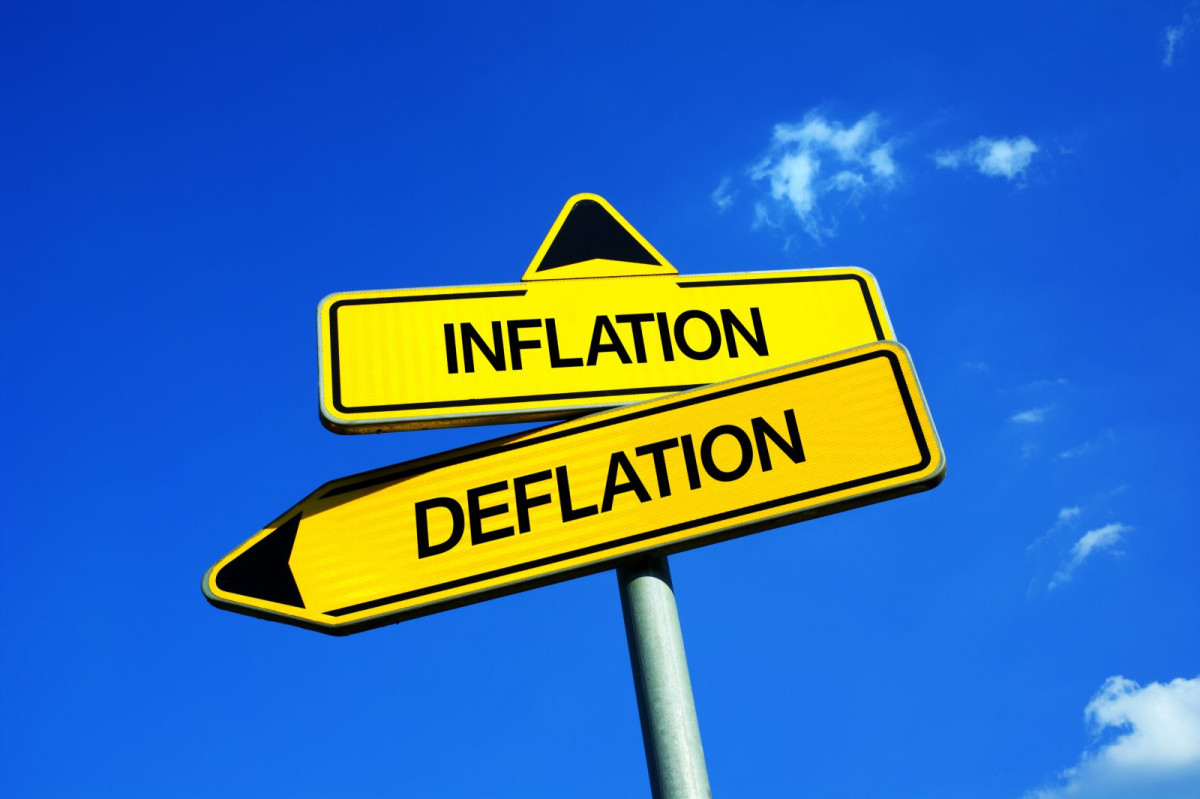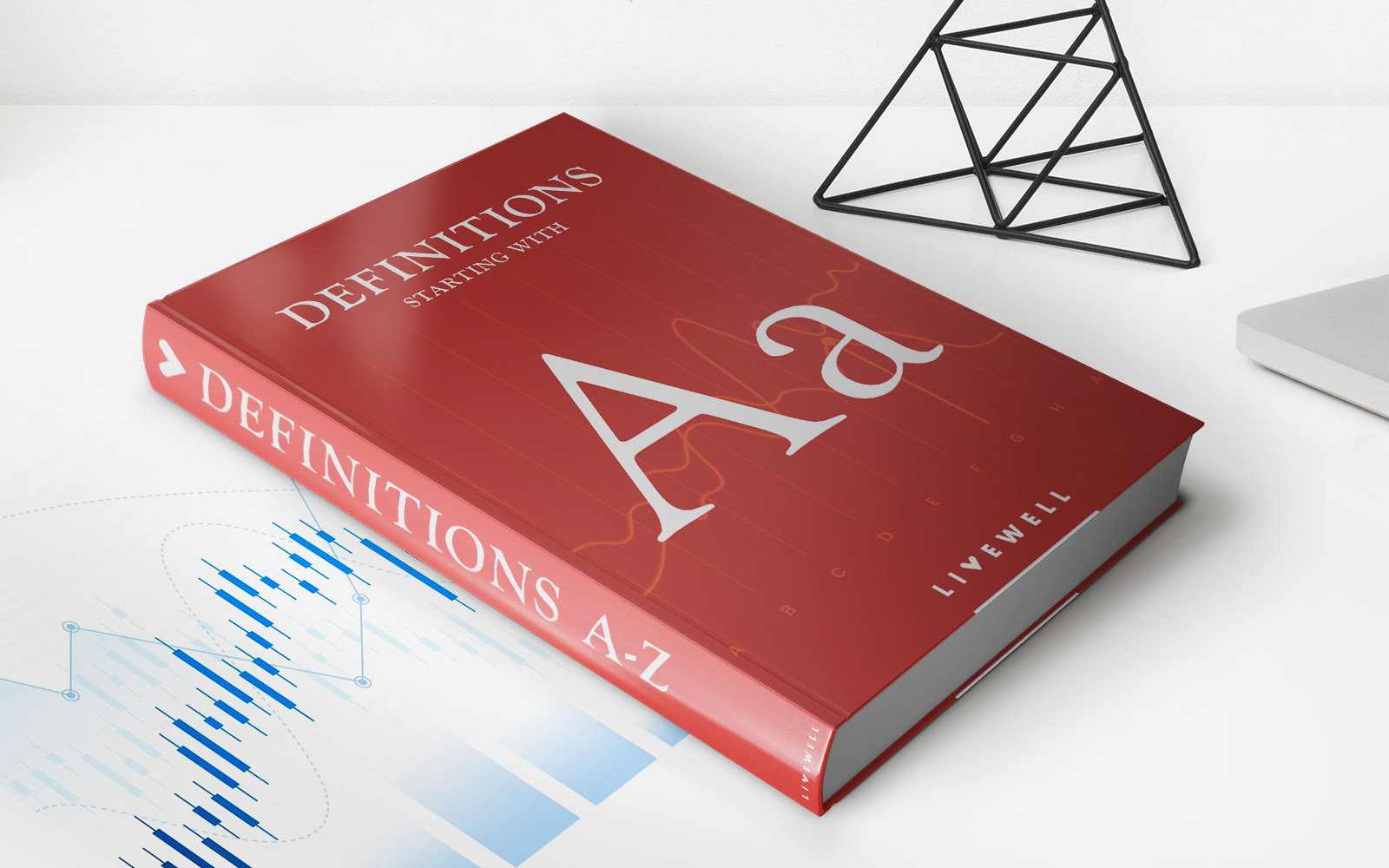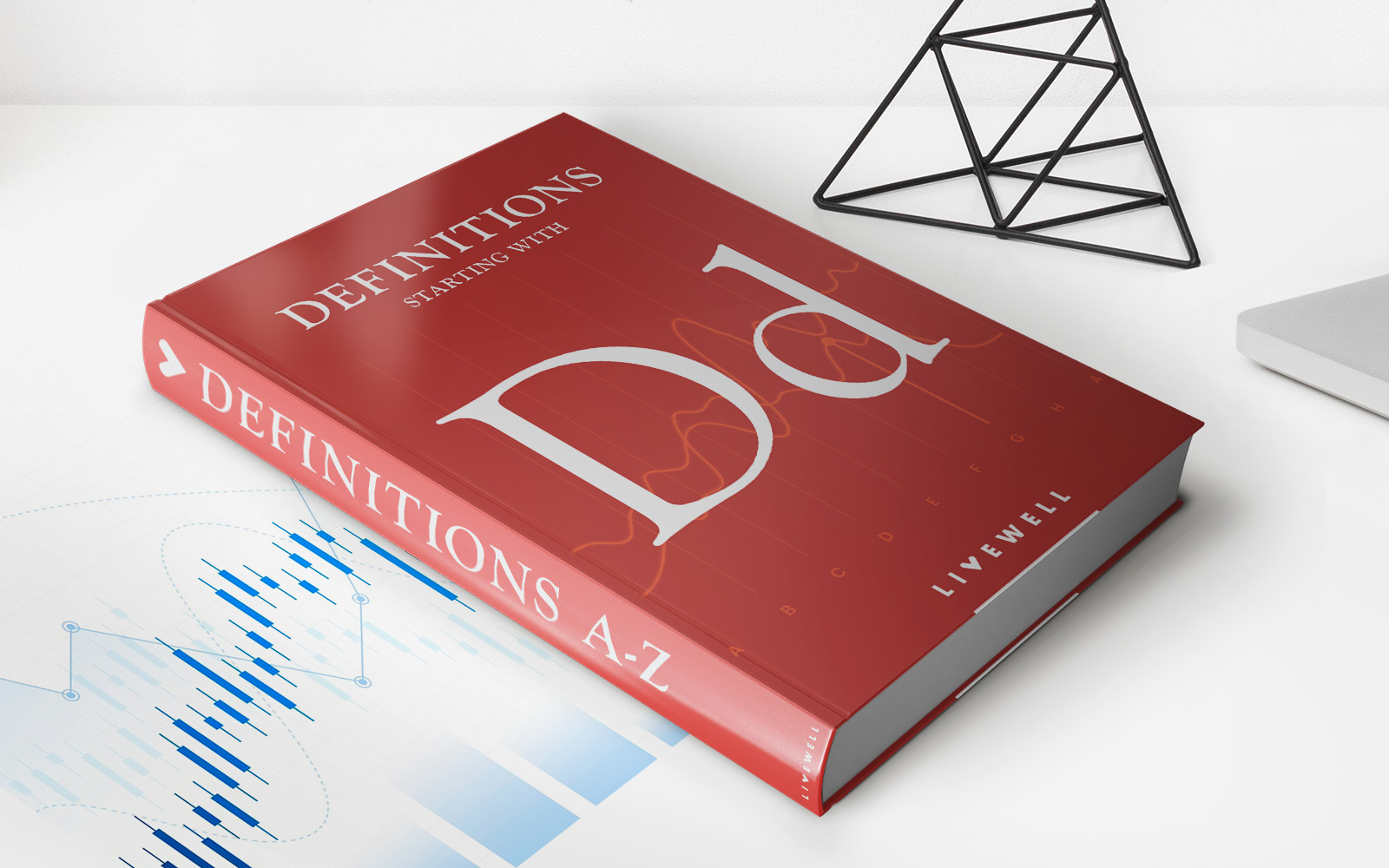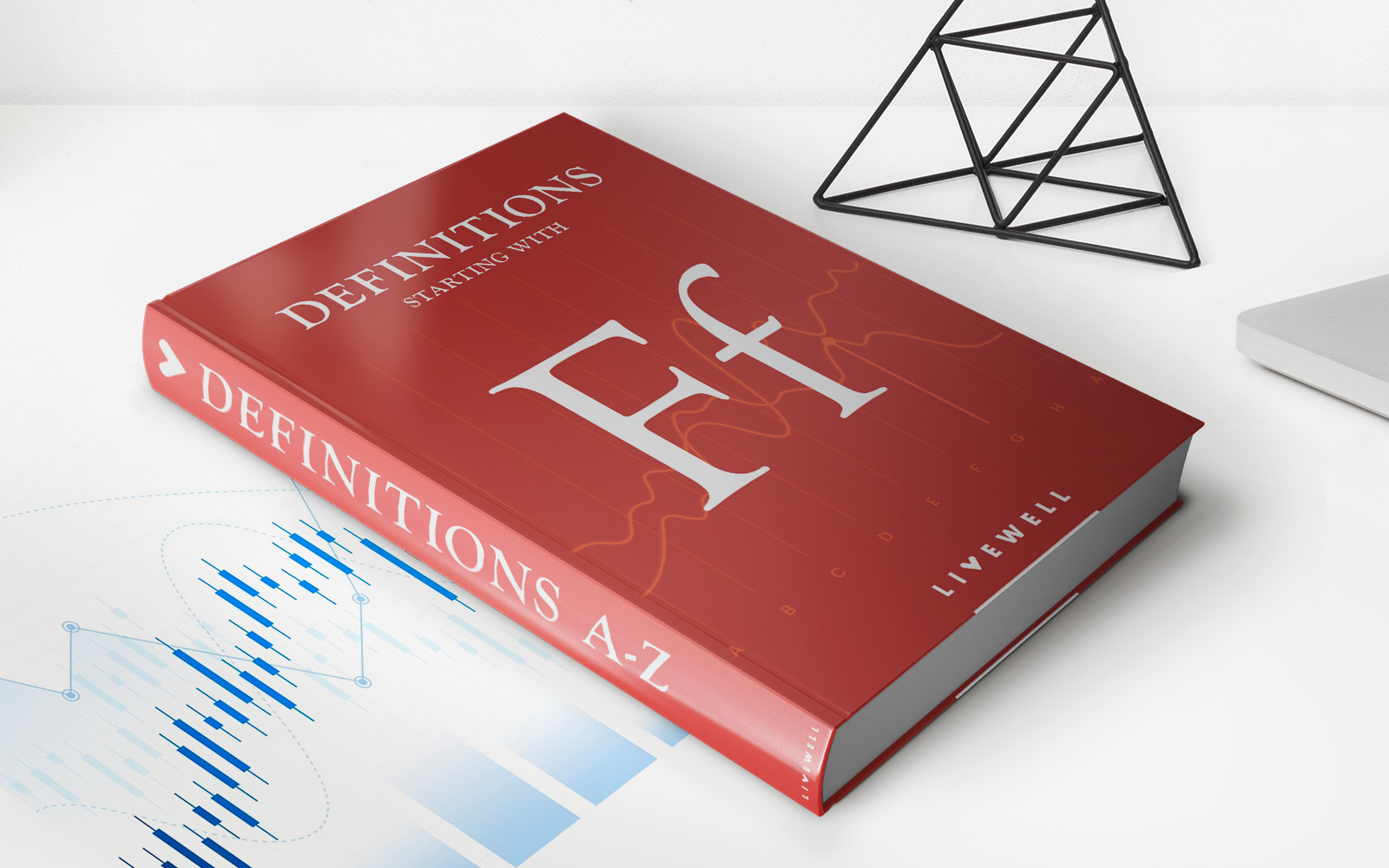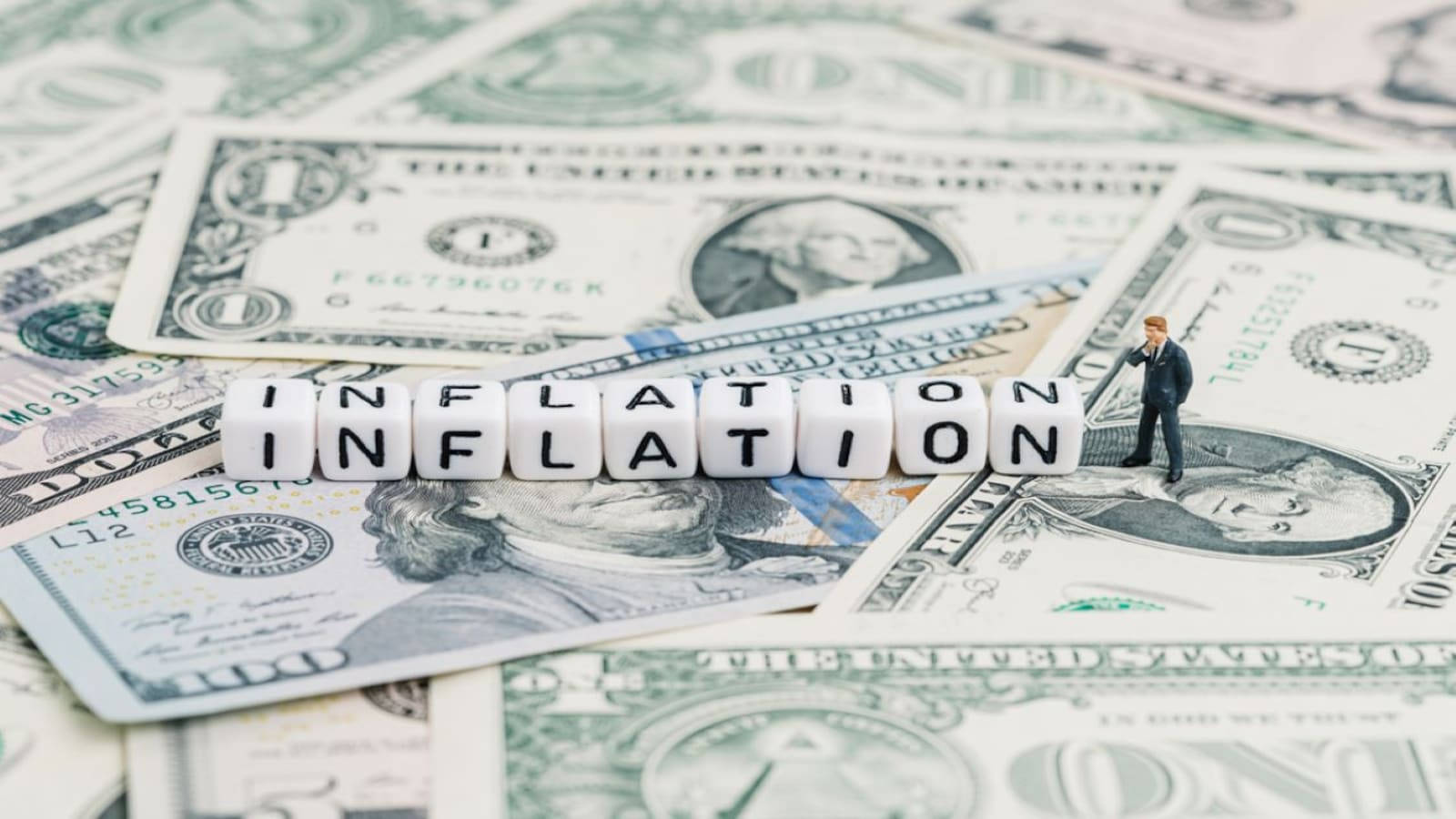

Finance
What Is Inflation Risk?
Published: October 19, 2023
Understand the concept of inflation risk and its implications in the world of finance. Learn how to manage and mitigate the impact it can have on your investments and financial stability.
(Many of the links in this article redirect to a specific reviewed product. Your purchase of these products through affiliate links helps to generate commission for LiveWell, at no extra cost. Learn more)
Table of Contents
Introduction
Welcome to the world of finance, where managing risks is a crucial part of any investment strategy. One particularly relevant risk that investors need to be aware of is inflation risk. Inflation risk refers to the potential loss of purchasing power due to the steady increase in the general level of prices over time.
Inflation is an economic phenomenon where the prices of goods and services rise, eroding the value of money. This means that over time, the same amount of money will buy fewer goods and services. Inflation risk poses a challenge to both individuals and businesses, as it can affect their financial goals and investment returns.
To understand inflation risk, it is important to know how inflation is measured. Economists and central banks typically use inflation indices, such as the Consumer Price Index (CPI) or the Producer Price Index (PPI), to track changes in prices over time. These indices capture the average price movements of a basket of goods and services, providing an indicator of inflation.
In this article, we will explore the causes of inflation risk, the various types of inflation risk, its impact on investments, and measures to manage and mitigate inflation risk. By understanding inflation risk and its implications, you will be better equipped to navigate the financial landscape and make informed investment decisions.
Definition of Inflation Risk
Inflation risk can be defined as the possibility that the purchasing power of money will decline over time as a result of rising prices. It is an inherent risk associated with investing and financial planning because inflation erodes the value of money.
When the rate of inflation surpasses the rate of return on investment, the purchasing power of your money diminishes. For example, if you invest in a bond that earns a fixed interest rate of 3%, but the inflation rate is 4%, your real return (adjusted for inflation) would be -1%, meaning you would actually lose purchasing power.
Inflation risk is particularly concerning for long-term investment goals such as retirement planning, as the value of money may significantly decrease over several decades. For instance, if the average inflation rate across your working years is 2.5%, the cost of goods and services would double in about 28 years.
It is important to distinguish between nominal returns and real returns when considering inflation risk. Nominal returns are the actual percentage increase or decrease in the value of an investment, whereas real returns take into account the impact of inflation. Real returns provide a more accurate reflection of the true purchasing power gained or lost on an investment.
Investors face inflation risk in various forms, depending on their investment choices and economic conditions. Understanding the potential impact of inflation risk is crucial for making informed investment decisions and developing strategies to effectively manage and mitigate its effects.
Causes of Inflation Risk
There are multiple factors that contribute to the existence of inflation risk. Understanding these causes can help investors assess the potential impact on their portfolios and make informed decisions. Here are some key causes of inflation risk:
- Monetary Policy: Changes in monetary policy by central banks can significantly impact the rate of inflation. When central banks increase the money supply by lowering interest rates or engaging in quantitative easing, it can stimulate economic growth but also increase the risk of inflation.
- Cost-push Factors: Rising costs of production, such as wages or raw materials, can lead to an increase in prices for goods and services. When businesses pass these increased costs onto consumers, it can result in inflationary pressures.
- Demand-pull Factors: Increased consumer demand for goods and services can also contribute to inflation. If demand exceeds supply, it puts upward pressure on prices, leading to inflationary trends.
- Imported Inflation: Changes in exchange rates and global economic conditions can impact the cost of imported goods. If the domestic currency weakens against other currencies, it can lead to higher import prices and contribute to inflation.
- Inflation Expectations: Public perception and expectations of future inflation can influence current price levels. If individuals anticipate higher inflation, they may demand higher wages or raise prices, which can create a self-fulfilling prophecy and contribute to inflationary pressures.
It is important to note that these causes of inflation risk are interrelated and can reinforce each other. For example, higher inflation expectations can lead to increased wage demands, which in turn drive up production costs and ultimately result in higher prices for consumers.
Understanding the causes of inflation risk can help investors anticipate and react to changing economic conditions. By monitoring key indicators and staying informed about monetary policy decisions, investors can adjust their portfolios and make strategic investment choices that account for potential inflationary pressures.
Types of Inflation Risk
Inflation risk can manifest in various forms, each with its own implications for investors and financial planning. Here are some common types of inflation risk:
- General Inflation: This type of inflation risk refers to the overall increase in prices across the economy. It affects a wide range of goods and services, leading to a decrease in the purchasing power of money. Investors and individuals alike may find it challenging to maintain their standard of living as they face higher costs for everyday expenses.
- Cost-Push Inflation: Cost-push inflation occurs when the prices of inputs, such as labor or raw materials, increase and are passed on to consumers. For example, rising oil prices can lead to higher transportation costs, which may result in increased prices for goods and services. Cost-push inflation can have a significant impact on businesses and their profit margins, as they face the dual challenge of rising costs and potentially decreased consumer demand.
- Hyperinflation: Hyperinflation is an extreme form of inflation where prices rise uncontrollably and rapidly erode the value of money. This type of inflation is often the result of severe economic crises or mismanagement of monetary policies. Hyperinflation can have devastating effects on economies and individuals’ financial well-being, leading to a loss of confidence in the currency and a breakdown of economic stability.
- Asset Inflation: Asset inflation occurs when the prices of assets, such as real estate, stocks, or commodities, experience significant price increases. This can create asset bubbles and pose challenges for investors seeking to enter or exit markets at favorable prices. Asset inflation can distort the perceived value of investments and potentially lead to market volatility and instability.
- Imported Inflation: Imported inflation refers to the impact of rising prices of imported goods and services on domestic inflation. Changes in exchange rates, tariffs, or global economic conditions can influence the cost of imported goods, which in turn affects overall inflation levels. Imported inflation can have implications for countries heavily reliant on imports and can influence domestic inflation rates.
Understanding the types of inflation risk is essential for investors to assess the potential impact on their portfolios and implement appropriate risk management strategies. By staying informed about economic conditions, monitoring key indicators, and diversifying their investments, investors can navigate the challenges posed by various types of inflation risk.
Impact of Inflation Risk
Inflation risk can have significant implications for investors, businesses, and the overall economy. Understanding the impact of inflation risk is crucial for making informed investment decisions and developing strategies to mitigate its effects. Here are some key ways in which inflation risk can influence various aspects:
1. Purchasing Power Erosion:
The most immediate impact of inflation risk is the erosion of purchasing power. As prices rise over time, the value of money decreases, making it more challenging to afford the same goods and services. This can affect individuals’ standard of living, retirement savings, and long-term financial goals.
2. Real Returns on Investments:
Inflation risk affects investment returns. When the rate of return on investments does not keep pace with inflation, the real return, adjusted for inflation, may be lower or even negative. This can hinder wealth accumulation and pose challenges for reaching financial milestones.
3. Interest Rates and Bond Prices:
Inflation influences interest rates and bond prices. As inflation rises, central banks may increase interest rates to combat inflationary pressures. This can lead to a decrease in bond prices, as higher interest rates make existing bonds less attractive compared to newly issued bonds with higher yields.
4. Business Profit Margins:
Inflation risk can impact businesses by squeezing profit margins. Rising costs of production, such as raw materials or wages, can result in higher expenses for businesses. If businesses cannot pass these increased costs onto consumers through higher prices, it can negatively impact their profitability.
5. Wage Increases:
Inflation can drive wage increases as individuals seek to maintain their purchasing power. However, wage increases can also contribute to a cycle of rising prices, as businesses pass on higher labor costs to consumers. This creates a challenge for both workers and employers to balance wage growth with inflationary pressures.
6. Market Uncertainty:
Inflation risk can create market uncertainty and volatility. Investors may become cautious and adjust their investment strategies in response to potential inflationary trends. This could lead to fluctuations in asset prices and market instability, making it challenging to predict market movements.
Overall, inflation risk has broad implications for individuals, businesses, and the economy as a whole. It is important for investors to consider the impact of inflation when developing their investment strategies, diversifying their portfolios, and staying informed about economic conditions and inflationary factors.
Measures to Manage Inflation Risk
Managing inflation risk is essential for investors and individuals seeking to protect their wealth and maintain their purchasing power over time. While it is impossible to completely eliminate inflation risk, there are several strategies that can help mitigate its effects. Here are some measures to consider:
1. Diversify Your Investments:
Diversification is a crucial risk management strategy for any investor. By spreading your investments across different asset classes, industries, and geographical regions, you can potentially reduce the impact of inflation on your overall portfolio. Diversification can help to capture the returns of assets that perform well during inflationary periods while mitigating the risk of overexposure to assets that may suffer from inflationary pressures.
2. Invest in Inflation-Protected Securities:
Inflation-protected securities, such as Treasury Inflation-Protected Securities (TIPS), are specifically designed to combat the effects of inflation. These securities provide a guaranteed return that adjusts with inflation. By holding TIPS or similar instruments, investors can ensure that their investments keep pace with inflation, preserving their purchasing power.
3. Consider Real Assets:
Real assets, such as real estate, commodities, and natural resources, have historically acted as a hedge against inflation. These assets have the potential to increase in value along with inflation, protecting investors from the erosion of purchasing power. Investing in real assets can be achieved through direct ownership or through exchange-traded funds (ETFs) or mutual funds that focus on these asset classes.
4. Review and Rebalance Your Portfolio:
Regularly reviewing and rebalancing your investment portfolio is crucial to adapt to changing market conditions and inflation expectations. As inflation risk evolves, certain asset classes or sectors may experience better or worse performance. By periodically rebalancing your portfolio, you can ensure that your asset allocation aligns with your risk tolerance and investment objectives.
5. Consider Income-Generating Investments:
Investments that provide a steady stream of income, such as dividend-paying stocks, rental properties, or bonds, can help mitigate the impact of inflation. By choosing investments that generate income, you can potentially benefit from increased cash flow and have the ability to adjust for inflation by reinvesting that income.
6. Stay Informed and Seek Professional Advice:
Keeping abreast of economic news, inflation data, and market trends is crucial for managing inflation risk. It is also advisable to consult with a financial advisor or investment professional who can provide expert guidance based on your specific financial situation and goals. They can assist in developing a comprehensive investment strategy that incorporates measures to mitigate inflation risk.
Remember, managing inflation risk is an ongoing process, and there is no one-size-fits-all solution. It requires a combination of careful planning, diversification, and staying informed about economic and market conditions. By implementing these measures, you can better protect your portfolio and financial well-being against the erosive effects of inflation over the long term.
Examples of Inflation Risk
Inflation risk can have real-world consequences for individuals, businesses, and economies. Here are some examples that illustrate the impact of inflation risk:
1. Retirement Planning:
Imagine you have diligently saved for your retirement over several decades, expecting your nest egg to provide a comfortable lifestyle. However, if inflation is higher than anticipated, the purchasing power of your savings may erode significantly. This can lead to a lower standard of living in retirement and make it challenging to cover expenses.
2. Fixed-Income Investments:
Investors who heavily rely on fixed-income investments, such as bonds or certificates of deposit (CDs), are particularly vulnerable to inflation risk. If the interest rates on these investments do not keep pace with inflation, the real returns may be negative. This means that even though the nominal interest rate may be positive, the purchasing power of the interest earned is reduced.
3. Real Estate Market:
Inflation can impact the real estate market, including both residential and commercial properties. If inflation leads to higher construction costs, it can result in increased prices for new homes or buildings. Additionally, rising inflation can lead to higher rental rates, affecting both tenants and landlords. Investors in real estate should consider the potential impact of inflation on property values and rental income.
4. International Trade and Exchange Rates:
Inflation risk is not limited to individual countries; it can also have implications for international trade. Different rates of inflation among countries can affect exchange rates. If a country experiences higher inflation than its trading partners, its currency may weaken, making imported goods more expensive and potentially leading to imported inflation.
5. Healthcare Costs:
Inflation risk also affects the cost of healthcare. Medical expenses have historically shown a higher rate of inflation compared to the overall inflation rate. As healthcare costs rise, individuals and families face the challenge of having to allocate a larger portion of their budget to medical expenses, potentially impacting their financial stability and overall well-being.
6. Wage-Price Spiral:
In some instances, inflation risk can create a wage-price spiral. When individuals anticipate higher inflation, they may demand higher wages to maintain their purchasing power. If businesses then pass on the increased labor costs to consumers through higher prices, it can create a cycle of rising wages and prices, leading to an inflationary spiral.
These examples demonstrate the wide-ranging effects of inflation risk on individuals, businesses, and the overall economy. It highlights the importance of managing inflation risk and considering its potential impact when making financial decisions and investment choices.
Conclusion
Inflation risk is a critical consideration in the world of finance and investing. It refers to the potential loss of purchasing power over time due to the steady increase in prices. Understanding and managing inflation risk is crucial to protect your wealth, reach financial goals, and maintain a comfortable standard of living.
We explored the various causes of inflation risk, including monetary policy, cost-push and demand-pull factors, imported inflation, and inflation expectations. By understanding these causes, investors can better anticipate and react to changing economic conditions.
There are different types of inflation risk, such as general inflation, cost-push inflation, hyperinflation, asset inflation, and imported inflation. Each type poses unique threats and challenges to investors and individuals. Recognizing these types of inflation risk helps in developing strategies to mitigate their impact.
The impact of inflation risk can be significant, with erosion of purchasing power, lower real returns on investments, and uncertainty in the market. However, investors can take measures to manage and mitigate this risk. Diversifying investments, investing in inflation-protected securities, considering real assets, and staying informed are some effective strategies to safeguard against inflation risk.
Finally, examples of inflation risk illustrate its real-world implications, such as its impact on retirement planning, fixed-income investments, the real estate market, international trade, healthcare costs, and the wage-price spiral.
In conclusion, understanding and managing inflation risk is essential for investors, businesses, and individuals. By staying informed, diversifying investments, and considering inflation-protected assets, investors can better position themselves to navigate the challenges and potential opportunities presented by inflation risk. Through proactive risk management, it is possible to mitigate the impact of inflation and achieve long-term financial success.


